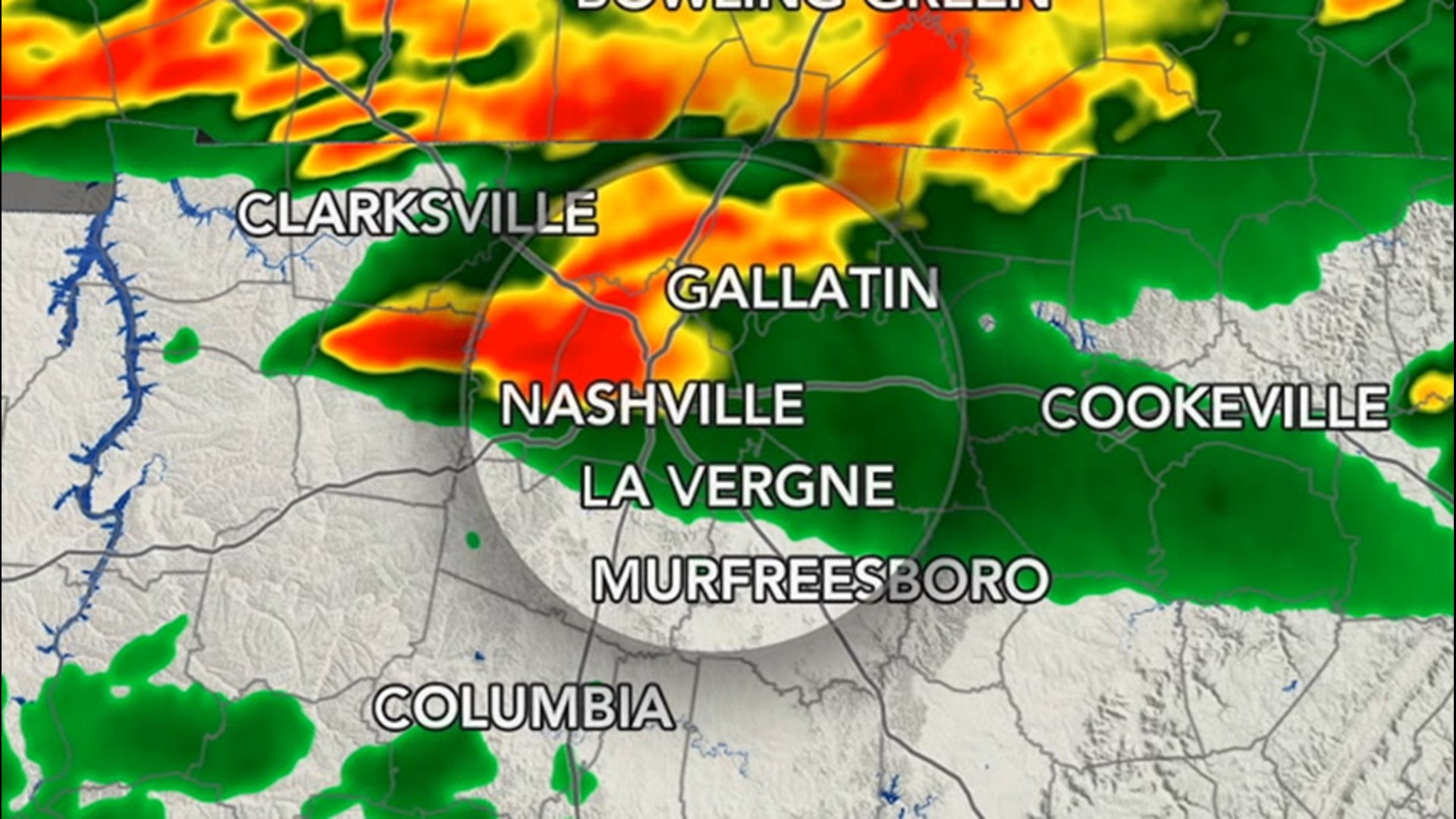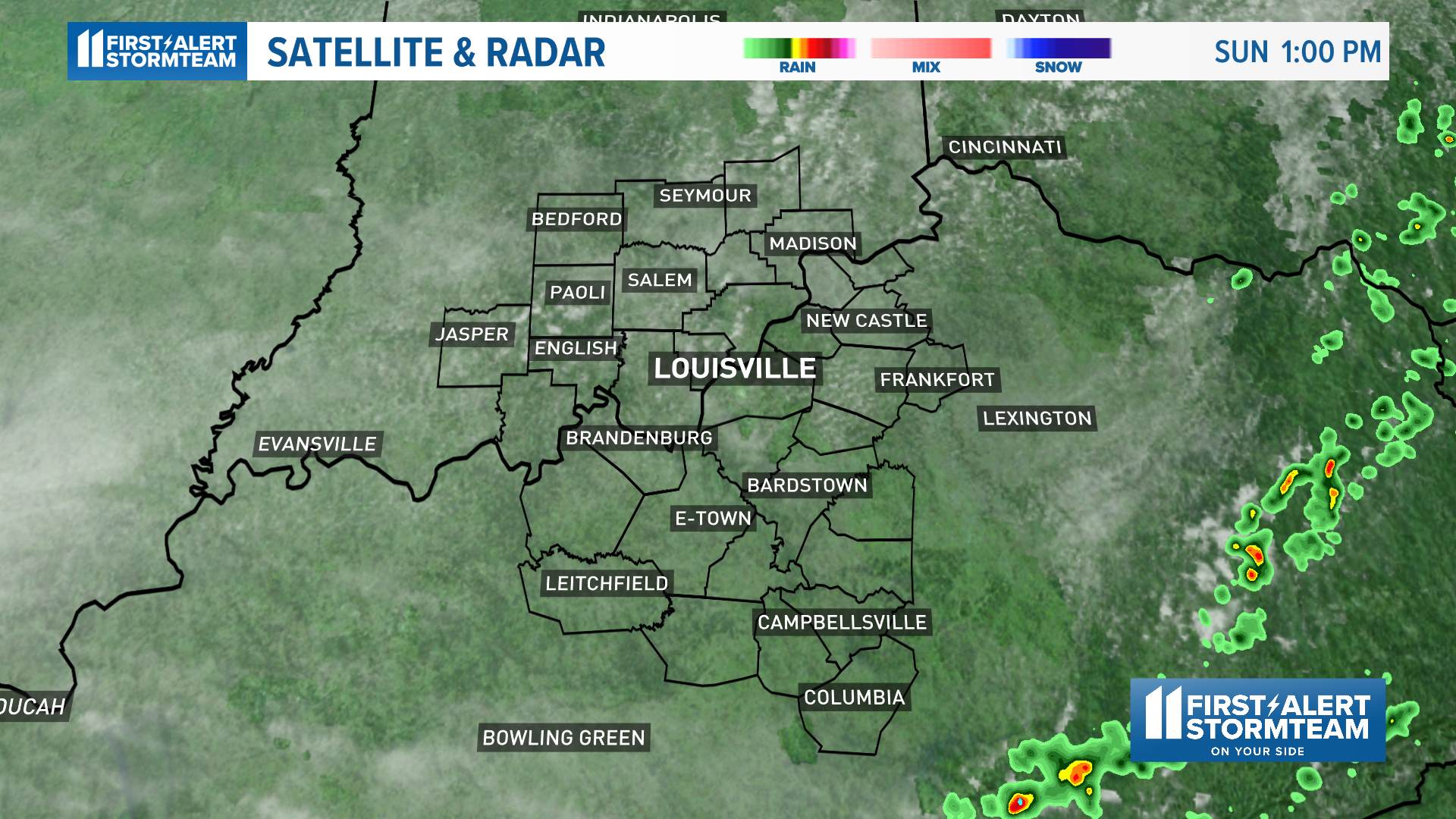Louisville Weather Radar Data Analysis

Louisville weather radar – Louisville, situated in the heart of Kentucky, experiences a diverse range of weather conditions throughout the year. To gain a deeper understanding of these patterns, meteorologists meticulously analyze data collected by Louisville’s weather radar system.
As the skies above Louisville danced in an unpredictable rhythm, I sought solace in the Louisville weather radar, a symphony of swirling colors that hinted at the storm’s capricious nature. Yet, my thoughts drifted to distant shores, where another meteorological marvel awaited my attention: the beryl path tracker.
Like a celestial guide, it charted the course of a hurricane, its path etched across the digital canvas. As I returned my focus to Louisville, the radar’s vibrant hues seemed to echo the unpredictable dance of the storm above, a constant reminder of the ever-changing tapestry of nature’s symphony.
The radar, with its advanced Doppler technology, provides real-time information on precipitation intensity, movement, and type. This data allows experts to identify patterns and trends in Louisville’s weather, enabling them to make informed predictions and issue timely warnings.
Precipitation Patterns
Analysis of radar data reveals that Louisville receives an average annual precipitation of around 43 inches. The city experiences rainfall throughout the year, with the wettest months being May and June. During these months, thunderstorms are common, often accompanied by heavy downpours and occasional hail.
Louisville weather radar provides a comprehensive view of the city’s atmospheric conditions, allowing you to stay informed about approaching storms. If you’re interested in tracking hurricanes, you may also want to check out the beryl path tracker for up-to-date information on tropical cyclones.
Back to Louisville weather radar, it’s a valuable tool for staying safe during inclement weather.
In the winter months, Louisville occasionally experiences snowfall. Snowfall amounts vary considerably from year to year, with some winters bringing significant accumulations while others remain relatively mild.
Severe Weather
Louisville is located within Tornado Alley, a region known for its frequent and sometimes severe thunderstorms. Radar data plays a crucial role in monitoring these storms, providing early detection and tracking of tornadoes.
The city has experienced several notable tornadoes in the past, including the devastating F4 tornado that struck in 1974. Radar data has helped meteorologists to better understand the behavior of these storms and develop more effective warning systems.
Louisville Weather Radar Visualization

In order to make informed decisions about weather-related activities, it is important to have access to accurate and up-to-date weather information. Louisville weather radar data can provide valuable insights into the current and future weather conditions in the area.
An interactive visualization of Louisville weather radar data can be a powerful tool for exploring the data in different ways. Users can zoom in and out of the map, change the time frame, and overlay different types of data, such as precipitation, temperature, and wind speed.
Interactive Exploration, Louisville weather radar
The interactive visualization allows users to explore the data in a variety of ways. For example, users can:
- Zoom in and out of the map to focus on specific areas.
- Change the time frame to see how the weather has changed over time.
- Overlay different types of data, such as precipitation, temperature, and wind speed, to see how they are related.
Louisville Weather Radar Forecasting

The Louisville Weather Radar is a powerful tool for forecasting weather conditions in the Louisville area. By analyzing the data collected by the radar, meteorologists can predict future weather conditions with high accuracy. This information can be used to mitigate the impact of severe weather events, such as tornadoes, hailstorms, and floods.
One of the most important aspects of weather forecasting is the ability to predict the movement of weather systems. The Louisville Weather Radar can track the movement of these systems in real time, allowing meteorologists to issue timely warnings for severe weather. This information can help people to take steps to protect themselves and their property from the effects of severe weather.
Developing a Forecasting Model
A forecasting model is a mathematical equation that can be used to predict future weather conditions. The Louisville Weather Radar data can be used to develop a forecasting model that can predict the weather in the Louisville area with high accuracy. This model can be used to predict the temperature, precipitation, and wind speed for a given day or week.
Predicting Future Weather Conditions
The forecasting model can be used to predict future weather conditions with high accuracy. This information can be used to help people plan their activities and make decisions about their daily lives. For example, if the model predicts that there is a high chance of rain on a given day, people can plan to stay indoors or bring an umbrella with them when they go out.
Mitigating the Impact of Severe Weather Events
The Louisville Weather Radar can be used to mitigate the impact of severe weather events. By providing timely warnings for severe weather, the radar can help people to take steps to protect themselves and their property. For example, if the radar detects a tornado, people can take shelter in a safe place. If the radar detects a hailstorm, people can move their cars to a covered area.